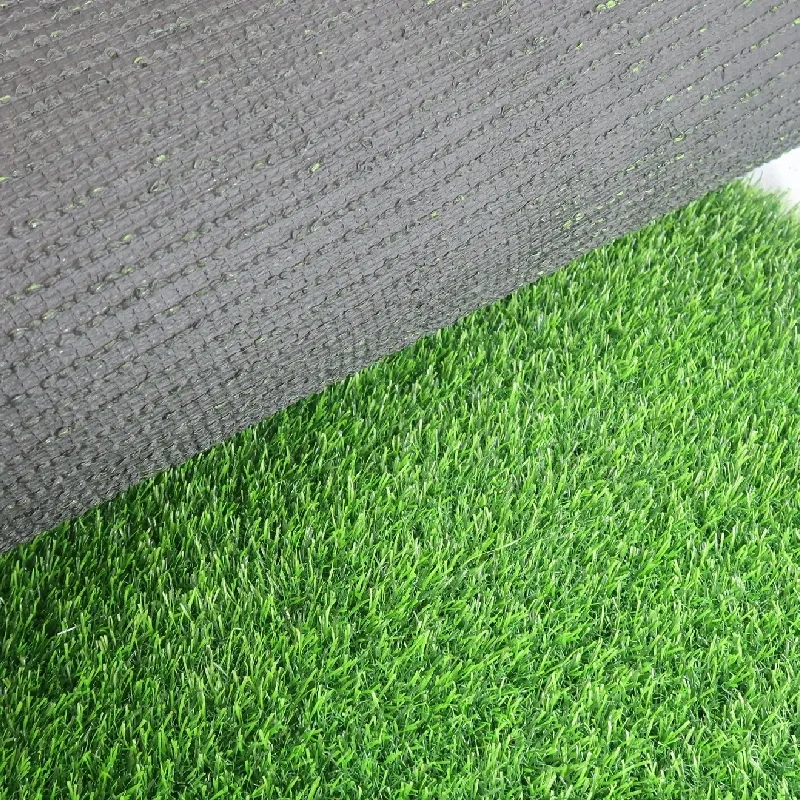
- Afrikaans
- Arabic
- Belarusian
- Bengali
- Czech
- Danish
- Dutch
- English
- Esperanto
- Estonian
- Finnish
- French
- German
- Greek
- Hindi
- Hungarian
- Icelandic
- Indonesian
- irish
- Italian
- Japanese
- kazakh
- Rwandese
- Korean
- Kyrgyz
- Lao
- Latin
- Latvian
- Malay
- Mongolian
- Myanmar
- Norwegian
- Persian
- Polish
- Portuguese
- Romanian
- Russian
- Serbian
- Spanish
- Swedish
- Tagalog
- Tajik
- Thai
- Turkish
- Turkmen
- Ukrainian
- Urdu
- Uighur
- Uzbek
- Vietnamese
brushing artificial grass
Dec . 06, 2024 06:16 Back to list
The Art of Brushing Artificial Grass Benefits and Techniques
Artificial grass has become increasingly popular for homeowners and commercial properties alike, providing a low-maintenance, green alternative to natural grass. However, to maintain its aesthetic appeal and longevity, proper care is essential. One of the most effective and often overlooked methods for keeping artificial turf in pristine condition is brushing.
What is Brushing?
Brushing artificial grass involves the use of a brush, often with stiff bristles, to lift the fibers of the turf. This action not only keeps the grass looking lush and vibrant but also helps to prevent matting and flattening of the blades, which can occur due to foot traffic, weather conditions, or debris accumulation.
Why Brushing is Important
1. Maintains Appearance Over time, artificial grass can start to look dull or flattened, especially in high-traffic areas. Brushing helps to restore the natural upright position of the grass blades, ensuring that the surface remains visually appealing.
2. Prevents Matting Regular brushing prevents the fibers from becoming matted, a common issue that arises due to constant use or poor installation. Matting can not only affect the look of the grass but also its drainage properties.
3. Enhances Drainage While artificial turf is designed to allow water drainage, debris can block drainage holes and lead to pooling water. Brushing helps to keep the fibers free of debris, promoting effective drainage and reducing the risk of mold or mildew.
4. Redistributes Infill Many types of artificial grass are installed with an infill material, such as sand or rubber granules, that provides stability and cushioning. Brushing helps to redistribute this infill evenly across the surface, ensuring optimal performance and preventing uneven wear.
brushing artificial grass

Techniques for Effective Brushing
To get the most from brushing artificial grass, there are a few techniques and tips to keep in mind
- Select the Right Brush Use a brush specifically designed for artificial grass. These brushes generally have stiff, yet flexible bristles that effectively lift the grass blades without damaging them.
- Brush in Different Directions To achieve an even lift, change the direction of brushing. Start by brushing one way, and then go over the area at a right angle. This technique will help ensure that all fibers are adequately elevated.
- Frequency of Brushing Depending on the amount of traffic your artificial grass receives, aim to brush it every few weeks. High-traffic areas may require more frequent brushing, while less-trafficked areas can be brushed less often.
- Incorporate Maintenance Checks While brushing, take the opportunity to inspect your turf for any signs of damage or wear. Check for holes, loose seams, or excessive debris that may need attention.
- Clean Before Brushing It’s a good idea to remove any large debris, such as leaves or branches, before brushing. This will prevent any dirt or debris from becoming embedded in the grass fibers during the brushing process.
Conclusion
Brushing artificial grass is a simple yet effective way to maintain its beauty and functionality. By incorporating regular brushing into your turf care routine, you can prolong the life of your artificial grass, ensuring it remains a vibrant, attractive feature in your landscaping. The investment of time and effort in brushing pays off in a well-kept lawn that continues to enhance the appeal of your home or property. Embrace the art of brushing, and enjoy the lush, green benefits of your artificial turf for years to come.
-
The Benefits of Artificial Turf for Indoors
NewsJul.15,2025
-
How Artificial Grass Suppliers Ensure Quality Products
NewsJul.15,2025
-
Artificial Grass and Pets: A Space for Relaxation
NewsJul.08,2025
-
Balcony & Outdoor Decoration with Artificial Grass
NewsJul.08,2025
-
Best Indoor Artificial Grass for Home
NewsJul.07,2025
-
Best Pet Turf for Dogs: Safe & Durable Artificial Grass Options
NewsJul.07,2025
Products categories









